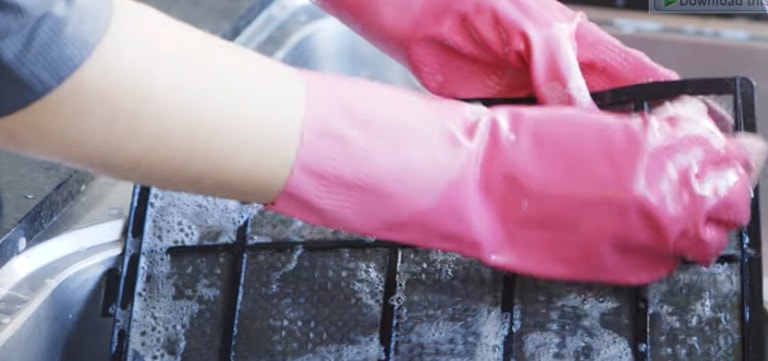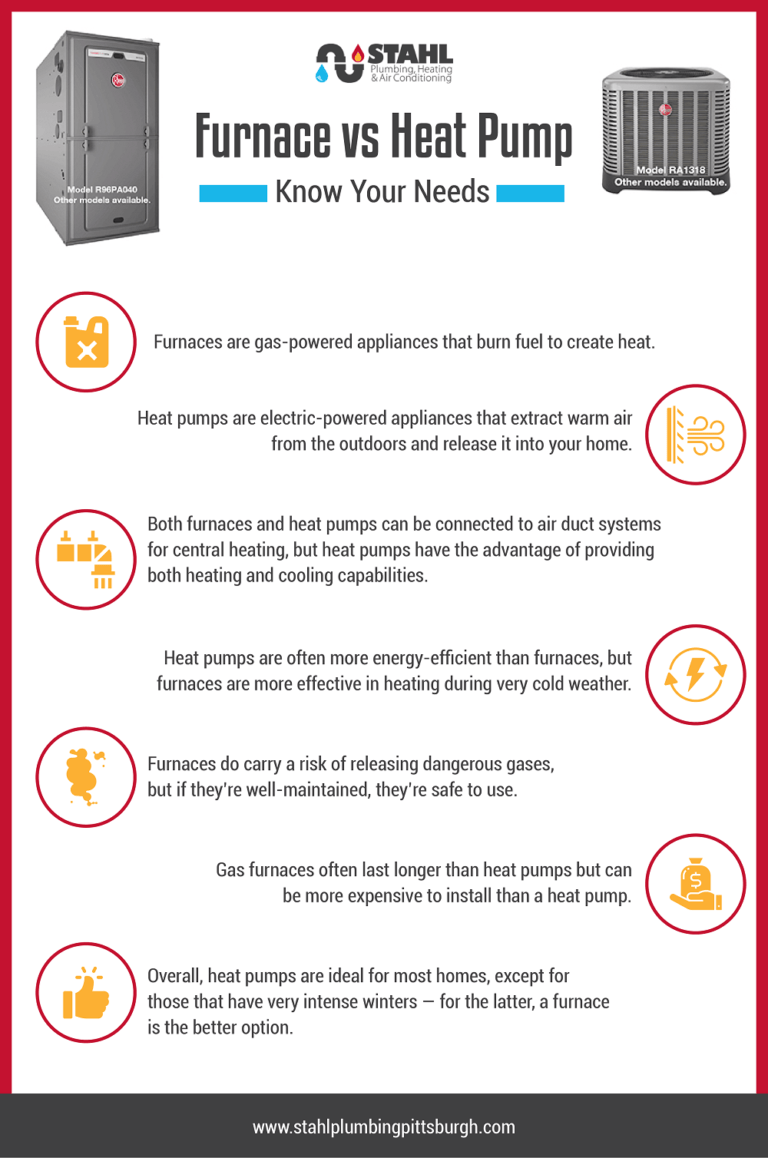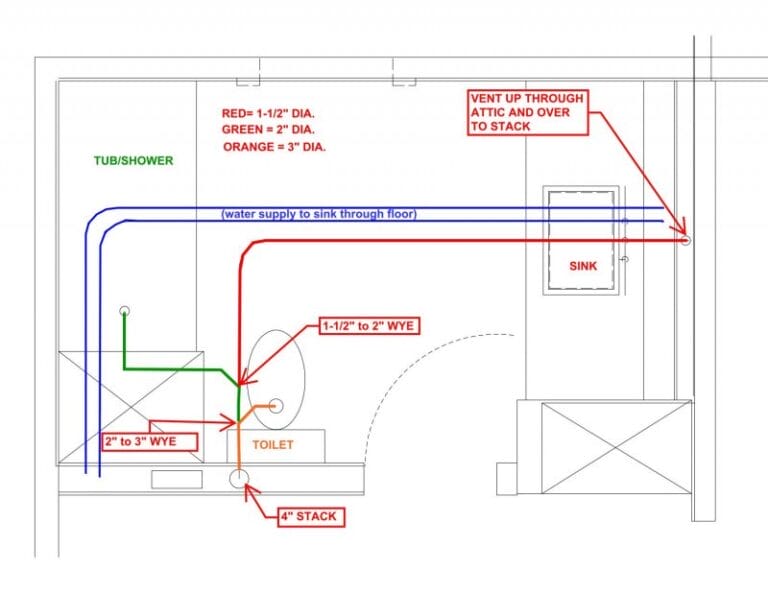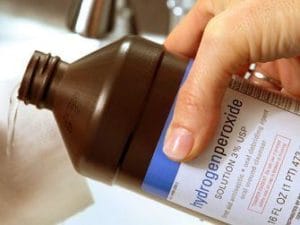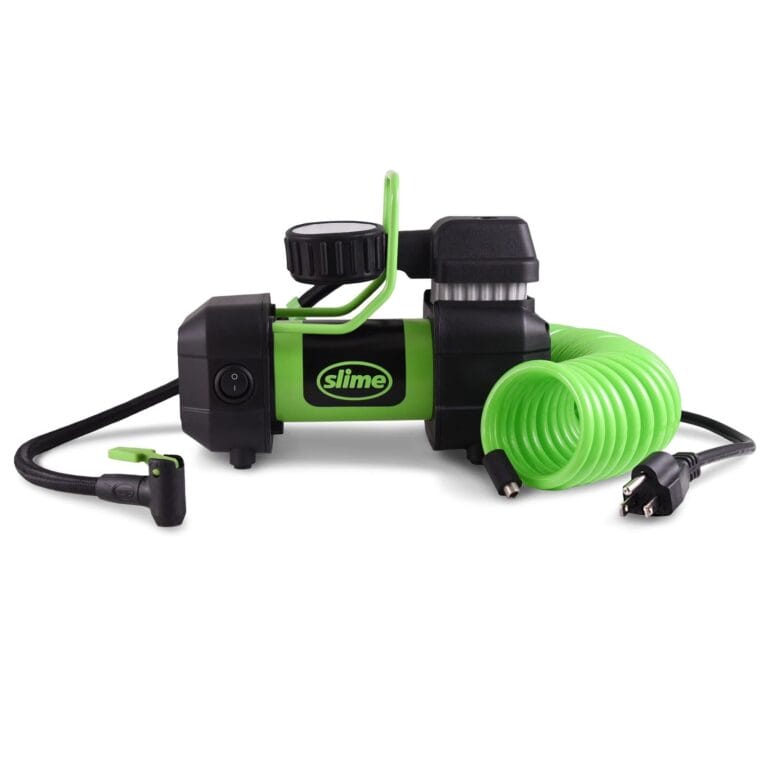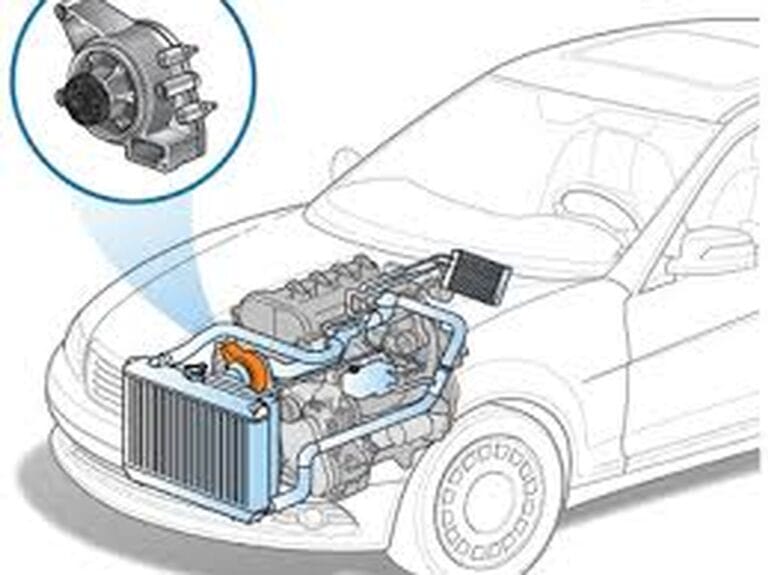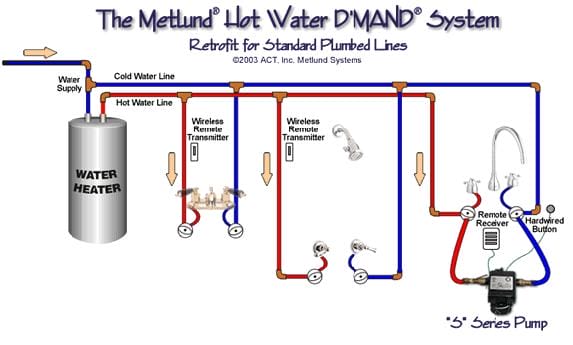
Picture this scenario: you step into the shower, ready to start your day off with a refreshing wash. But there’s one problem—you have to wait what feels like an eternity for the water to get hot.
Annoying, right? Well, fear not, because there’s a solution that can enhance the efficiency of your tankless water heater and eliminate that dreaded wait time. Enter tankless water heater recirculation pumps.
Imagine having hot water available instantly, without wasting time or energy. That’s exactly what tankless water heater recirculation pumps can do for you.
These innovative devices keep the hot water flowing through your pipes, so it’s ready whenever you need it. No more waiting around for the temperature to rise—it’s time to enjoy hot water on demand.
In this article, we’ll dive into the world of tankless water heater recirculation pumps and explore how they work, the benefits they offer, and why you should consider incorporating them into your home.
So, let’s get started and discover how these pumps can revolutionize your daily routine.
Enhancing Efficiency with Tankless Water Heater Recirculation Pumps
Tankless water heaters have become increasingly popular due to their energy efficiency and continuous hot water supply.
However, there is one common drawback that homeowners often encounter: the delay in receiving hot water at the faucet or shower. This inconvenience can be eliminated by installing a tankless water heater recirculation pump.
In this article, we will delve into the details of how these pumps work, their benefits, and tips for maximizing their efficiency.
How do Tankless Water Heater Recirculation Pumps Work?
Tankless water heater recirculation pumps work by continuously recirculating hot water in the pipes, ensuring instant availability at the tap.
The pump is installed at the water heater, and a dedicated return line is added to the plumbing system to create a loop. When hot water is demanded at a fixture, a sensor triggers the pump to circulate the hot water through the loop, reducing the wait time for hot water.
The recirculation pump can be operated in various ways. Some pumps utilize a timer to schedule circulations during peak usage times, while others use a demand-activated pump that senses when hot water is needed.
Additionally, smart home integration allows users to control the pump remotely or set specific schedules through mobile applications. Overall, these pumps provide a convenient solution to the issue of delayed hot water with tankless water heaters.
The Benefits of Tankless Water Heater Recirculation Pumps
1. Instant Hot Water: The primary advantage of installing a tankless water heater recirculation pump is the elimination of the wait time for hot water. Whether it’s for a morning shower or to quickly wash dishes, you’ll have hot water on demand without wasting time and water while waiting for it to heat up.
2. Water Conservation: The continuous recirculation of hot water reduces the amount of wasted water that goes down the drain while waiting for it to become hot. This is not only more environmentally friendly but also helps to conserve water and reduce utility bills.
3. Energy Efficiency: Although the pump consumes energy, the overall energy efficiency of a tankless water heater is still maintained. By reducing the amount of time the water heater needs to run to supply hot water, recirculation pumps help optimize the energy consumption of the system.
4. Comfort and Convenience: With a recirculation pump, you can enjoy the convenience of instant hot water at any faucet or shower in your home. This is especially beneficial in larger homes where the distance between the water heater and the fixtures is significant.
5. Savings on Water Bill: By reducing the amount of wasted water and the time it takes for hot water to reach the faucet, homeowners can see a noticeable decrease in their water bills over time. The savings can be substantial, especially in households with frequent hot water usage.
Tips for Maximizing Efficiency with Tankless Water Heater Recirculation Pumps
1. Insulate Your Pipes: Properly insulating the hot water pipes can help retain heat and minimize heat loss. This will ensure that the hot water stays hot as it circulates through the system, reducing energy consumption and maintaining maximum efficiency.
2. Use a Programmable Timer: If your recirculation pump operates on a timer, make sure to program it to match your peak hot water usage times. This will ensure that hot water is readily available when you need it and reduce unnecessary circulation during periods of low usage.
3. Combine with a Hot Water Recirculation System: Consider combining your recirculation pump with a hot water recirculation system that utilizes a dedicated return line. This system can further enhance efficiency by minimizing heat loss and maximizing the flow of hot water throughout the plumbing system.
4. Regularly Maintain Your System: Like any other mechanical system, tankless water heater recirculation pumps require regular maintenance to ensure optimal performance. Refer to the manufacturer’s guidelines for maintenance requirements and schedule regular inspections to keep your system running smoothly.
5. Seek Professional Installation: To ensure proper installation and avoid any potential issues, it is recommended to have a professional plumber install your tankless water heater recirculation pump. They will have the necessary expertise and experience to set up the pump correctly and ensure it is integrated seamlessly with your existing plumbing system.
By incorporating a tankless water heater recirculation pump into your home’s plumbing system, you can experience the benefits of instant hot water while maintaining energy efficiency and water conservation.
Remember to follow the tips mentioned above to maximize the efficiency of your recirculation pump and enjoy the convenience and comfort it provides. Say goodbye to waiting for hot water and hello to an enhanced and efficient hot water system.
Frequently Asked Questions
Are you looking to enhance efficiency with tankless water heater recirculation pumps? Here are some commonly asked questions to help you understand this topic better.
1. How does a tankless water heater recirculation pump work?
A tankless water heater recirculation pump ensures that hot water is readily available at the tap by continuously circulating water through the pipes. It connects to the plumbing system and creates a loop that brings hot water back to the heater whenever there is a demand for it. This eliminates the need to wait for the water to heat up, saving both time and water.
The pump is typically equipped with a temperature sensor that detects when the water temperature drops below a certain threshold. It then activates the pump, pushing the cold water out of the plumbing system and bringing hot water from the tankless heater to the faucets, showers, or other fixtures in your home.
2. Can a tankless water heater recirculation pump save energy?
Yes, a tankless water heater recirculation pump can save energy. By eliminating the need to run the tap and wait for hot water, it reduces the amount of water wasted while waiting for it to reach the desired temperature. This translates into energy savings as the water heater doesn’t have to work as hard to constantly heat additional cold water.
Furthermore, recirculation pumps often come with timers or smart controls that allow you to schedule when the pump operates. This means you can set it to run during specific times when hot water is most needed, such as during morning showers or dinner preparations. By only circulating water when necessary, you can further optimize energy consumption and reduce utility costs.
3. Do I need a dedicated return line for a tankless water heater recirculation pump?
A dedicated return line is not always necessary for a tankless water heater recirculation pump. Some models utilize a bypass valve or utilize the cold water line as a return line. These systems are designed to create a loop within the existing plumbing system, ensuring hot water is circulated without the need for additional pipes.
However, in certain cases, a dedicated return line may be recommended, especially for larger or more complex plumbing systems. This allows for more efficient circulation and helps prevent water mixing issues. It is best to consult with a plumbing professional to determine if a dedicated return line is necessary for your specific setup.
4. Are tankless water heater recirculation pumps noisy?
No, tankless water heater recirculation pumps are typically designed to operate quietly. Manufacturers understand the importance of minimizing noise disruptions, especially in residential settings. These pumps are built with noise-reduction features such as insulated casings and rubber mounts to absorb vibrations and reduce sound.
That being said, the noise level can vary depending on the specific pump model and installation. It is recommended to choose a pump from a reputable brand and ensure proper installation to minimize any potential noise. If you have concerns about noise, consult with a plumbing professional for guidance on selecting a quiet recirculation pump.
5. Can I install a tankless water heater recirculation pump myself?
While it is possible for some homeowners to install a tankless water heater recirculation pump themselves, it is generally recommended to hire a professional plumber for the installation. Proper installation is crucial for optimal performance and to prevent any issues such as leaks or improper functioning.
A professional plumber will have the expertise to assess your plumbing system, determine the most suitable pump model for your needs, and ensure the correct installation.
They will also be familiar with local building codes and regulations, ensuring compliance and safety. Investing in professional installation will give you peace of mind and help you avoid any potential problems down the line.
Using tankless water heater recirculation pumps can make our homes more efficient and comfortable. These pumps help to deliver hot water quickly, saving us time and reducing water waste. By recirculating the hot water, we don’t have to wait for the shower or faucet to warm up.
This saves energy and money by reducing the amount of water we use and the time we spend waiting. Additionally, these pumps can be easily installed in our existing plumbing systems, making it a convenient upgrade for our homes.
By improving the efficiency of our hot water systems, tankless water heater recirculation pumps provide a simple yet effective way to enhance our daily lives.

